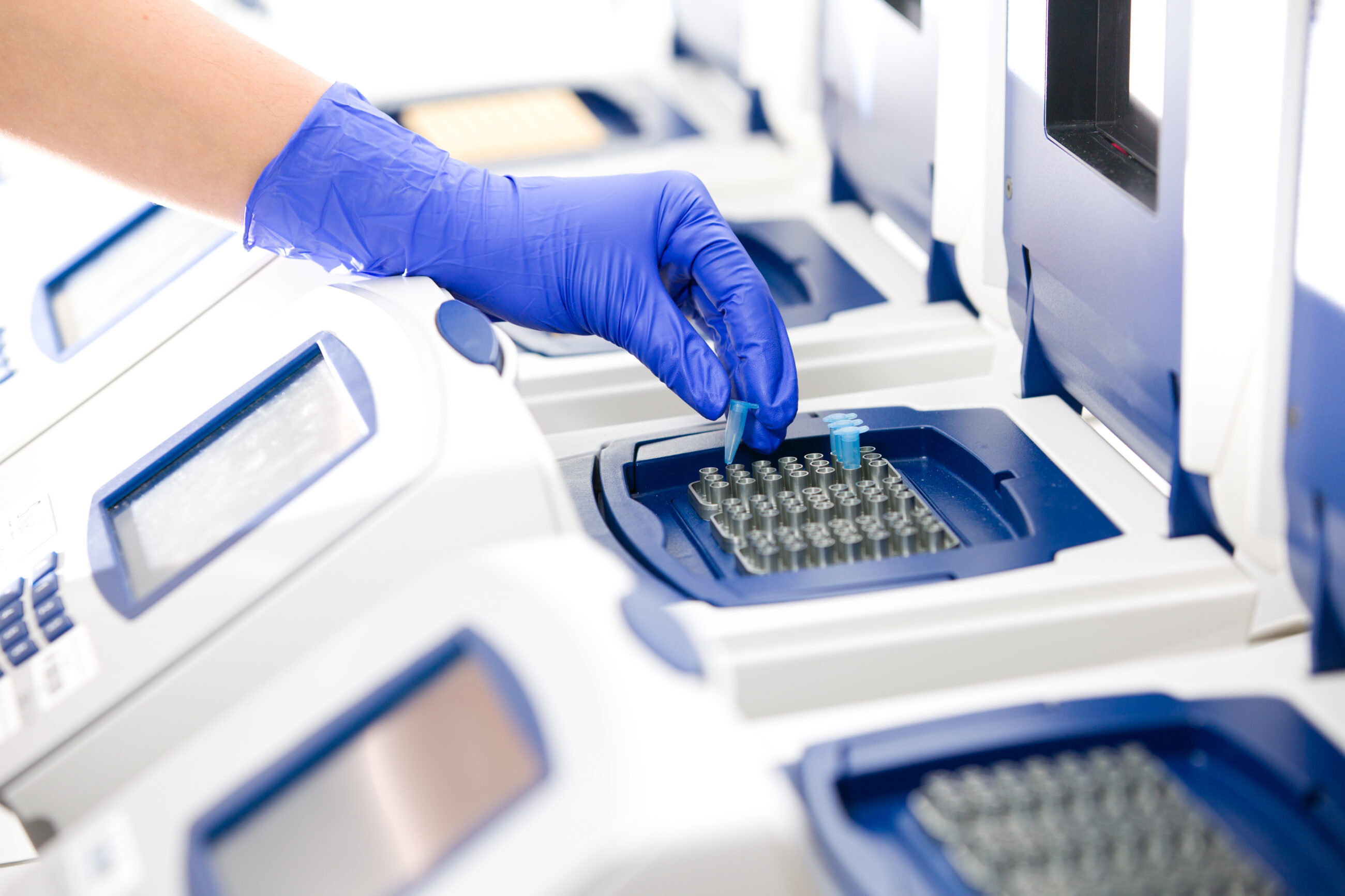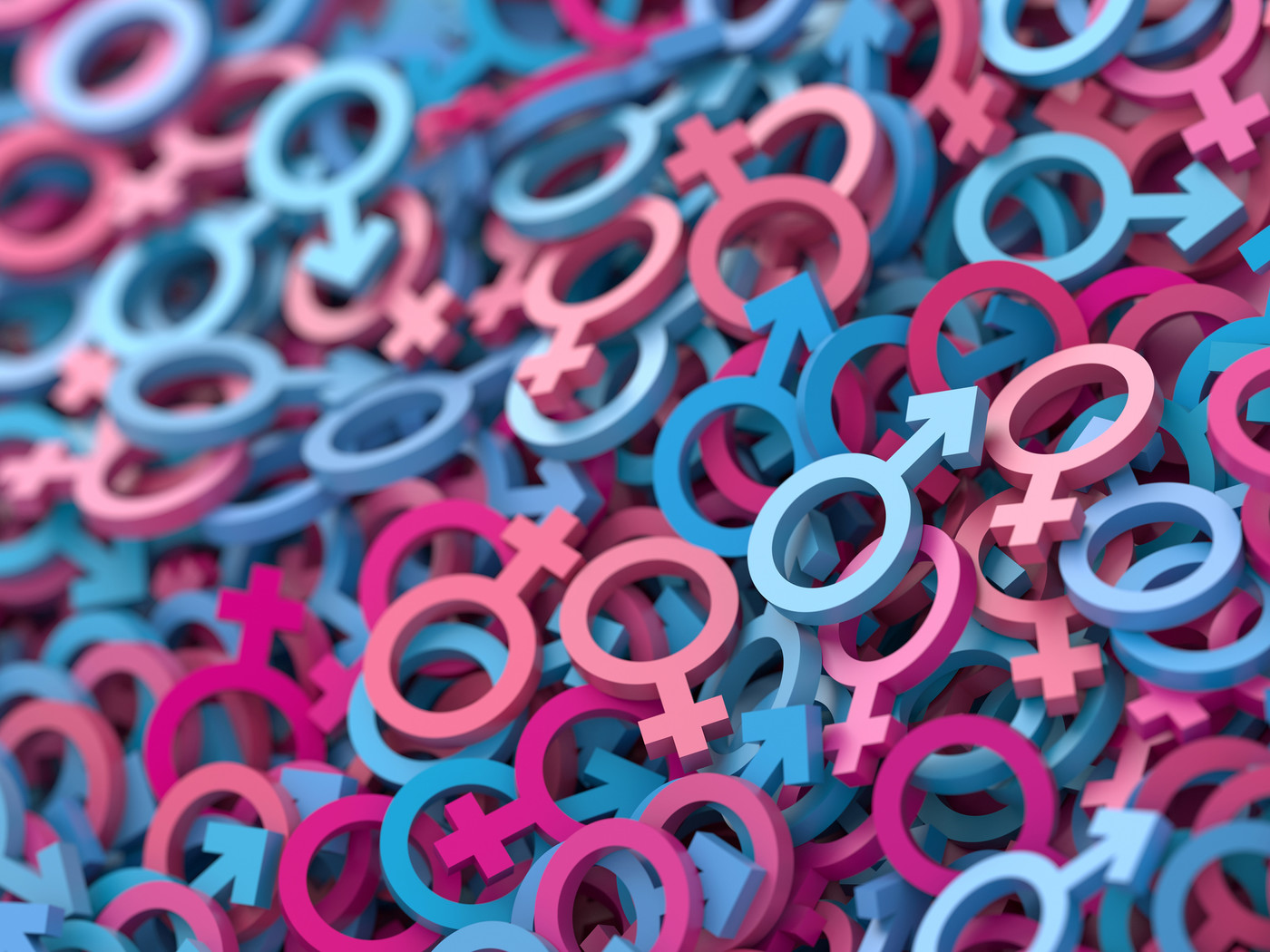
Twins with Two Dads: the Phenomenon of Heteropaternal Superfecundation
In Australia, it’s estimated that approximately 1 in 80 births are twins. We often categorise twins as either identical or fraternal, based on their genetic makeup. Identical twins result from the splitting of a single egg, while fraternal twins occur when two separate eggs are fertilised. However, there’s a rare phenomenon known as heteropaternal superfecundation that adds an unexpected twist to the concept of fraternal twins – they can actually have different fathers. Yes, you read that right. Have we seen this at Identilab? Yes, not once, but twice!
A woman’s menstrual cycle typically lasts around 28 days, with ovulation occurring approximately in the middle. Heteropaternal superfecundation describes the situation where a woman becomes pregnant more than once in the same menstrual cycle from different sexual encounters. In this unique scenario, two separate eggs are released, and each one is fertilised by a different sperm cell from different men. The time frame for this to happen is within a few hours to a maximum of 4-5 days after the initial encounter.
How often does this occur?
Superfecundation is relatively uncommon among humans. A study conducted in 1992 found that superfecundation twins were involved in over 2% of paternity tests in the United States concerning twins. It is worth mentioning, however, that many cases likely go unnoticed or unreported due to the absence of specific confirmation or the need for a paternity test. There’s speculation that the number of heteropaternal superfecundation twins may increase in the future due to factors such as the use of fertility drugs, which can increase the number of eggs released during a cycle, as well as the rising frequency of multiple concurrent partners and sexual encounters.
Can triplets have three dads?
The possibility of triplets with different fathers exists as well. If a woman releases three eggs during her ovulation and has sexual encounters with different partners, each egg can potentially be fertilised by a different sperm from each man, resulting in triplets with three different fathers.
While the concept of twins with two dads may sound like something out of a fictional tale, it is indeed possible, albeit incredibly rare. The odds of such an event happening are minuscule, making it a truly extraordinary occurrence when it does occur.
















